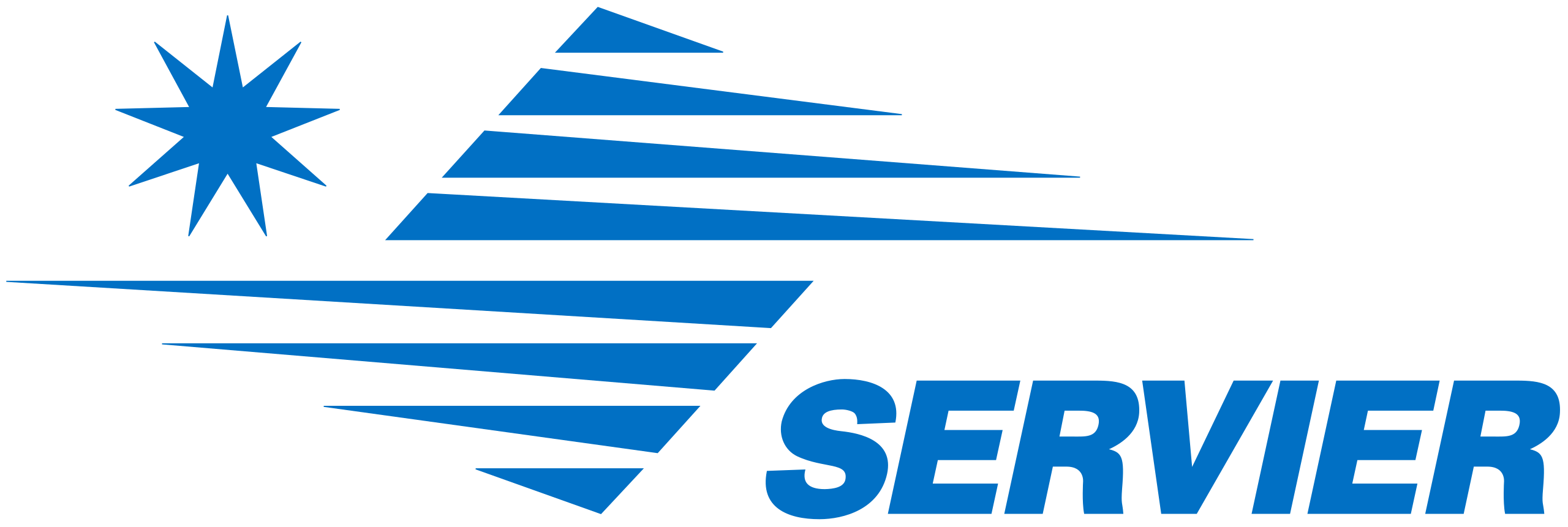Go back to trials list
Phase I/II Study of Azacitidine in Combination With Quizartinib for Patients With Myelodysplastic Syndromes and Myelodysplastic/Myeloproliferative Neoplasms With FLT3 or CBL Mutations
Description
This phase I/II trial studies the side effects and best dose of quizartinib when given with azacitidine and to see how well they work in treating patients with myelodysplastic syndrome or myelodysplastic/myeloproliferative neoplasm with FLT3 or CBL mutations. Chemotherapy drugs, such as azacitidine, work in different ways to stop the growth of cancer cells, either by killing the cells, by stopping them from dividing, or by stopping them from spreading. Quizartinib may stop the growth of cancer cells by blocking some of the enzymes needed for cell growth. Giving azacitidine and quizartinib may help to control myelodysplastic syndrome or myelodysplastic/myeloproliferative neoplasm.PRIMARY OBJECTIVES: I. To determine the safety, tolerability and maximum tolerable dose (MTD) of quizartinib in combination with azacytidine. II. To assess overall response (ORR) rate to quizartinib in combination with azacitidine. SECONDARY OBJECTIVES: I. To assess overall survival (OS), duration of respon
Trial Eligibility
Inclusion Criteria: 1. Age ≥ 18 years as MDS is a very rare disease in the pediatric setting. 2. Diagnosis of MDS or MDS/MPN including CMML according to WHO. 3. For hypomethylating agent naïve patients: int-2 or higher by IPSS or \>5% bone marrow blasts if MDS or dysplastic CMML (WBC \<13x109/L). Patients with proliferative (WBC \>/= 13x109/L) CMML or MDS/MPN, or those with dysplastic CMML with high-risk molecular features (mutations in ASXL1, TP53 or more than 3 mutations) are also eligible independently of IPSS risk score or bone marrow blast percentage. 4. For patients with prior hypomethylating agent therapy: no response after 6 cycles of azacitidine, decitabine, guadecitabine or ASTX727 or relapse or progression after any number of cycles. 5. Detectable FLT3-ITD mutation in bone marrow and/or peripheral blood, or presence of CBL exon 8 or 9 deletions or point mutations. 6. Serum creatinine \</= 2xULN. 7. Adequate hepatic function with total bilirubin \<2x ULN (will allow less than 5xULN if Gilbert's at investigator's discretion), AST or ALT \</=3xULN. 8. ECOG Performance Status 0-2. 9. Patient must have signed an informed consent document indicating that the patient understands the purpose of and procedures required for the study and is willing to participate in the study. 10. Prior hydroxyurea for control of leukocytosis or use of hematopoietic growth factors (eg, G-CSF, GM-CSF, procrit, aranesp, thrombopoietins) is allowed at any time prior to or during study if considered to be in the best interest of the patient. Exclusion Criteria: 1. Uncontrolled infection not adequately responding to appropriate antibiotics. 2. Screening ECG with a QTcF \>450 msec. The QTcF interval will be calculated by Fridericia's correction factor (QTcF). The QTcF will be derived from the average QTcF in triplicate. Patients are excluded if they have QTcF \>450. Subjects with prolonged QTcF interval in the setting of RBBB (right bundle branch block) may participate upon review and approval by the principal investigator and following evaluation by cardiology consult. 3. Patients with congenital long QT syndrome. 4. History or presence of sustained ventricular tachycardia requiring medical intervention. 5. Any history of clinically significant ventricular fibrillation or torsades de pointes. 6. Known history of second- or third-degree heart block (may be eligible if the patient currently has a pacemaker). 7. Sustained heart rate of \<50/minute on screening ECG. The heart rate will be derived from the average heart rate in triplicate. 8. Right bundle branch block + left anterior hemiblock (bifascicular block). 9. Complete left bundle branch block. 10. Atrial fibrillation documented within 2 weeks prior to first dose of study drug. 11. New York Heart Association (NYHA) Class III or IV congestive heart failure or LVEF \<50 by echocardiogram or multigated acquisition (MUGA) scan. 12. History of myocardial infarction within the last 6 months or unstable/uncontrolled angina pectoris or history of severe and/or uncontrolled ventricular arrhythmias. 13. Patients who are actively taking a strong CYP3A4 inducing medication 14. Patients who require treatment with concomitant drugs that prolong QT/QTc interval or strong CYP3A4 inhibitors with the exception of antibiotics, antifungals, and antivirals that are used as standard of care to prevent or treat infections, antiemetics (such as ondansetron) and other such drugs that are considered absolutely essential for the care of the subject or if the Investigator believes that beginning therapy with a potentially QTc-prolonging medication (such as anti-emetic) is vital to an individual subject's care while on study. 15. Female patients who are pregnant or lactating. 16. Patients with reproductive potential who are unwilling to following contraception requirements (including condom use for males with sexual partners, and for females: prescription oral contraceptives \[birth control pills\], contraceptive injections, intrauterine devices \[IUD\], double-barrier method \[spermidical jelly or foam with condoms or diaphragm\], contraceptive patch, or surgical sterilization) throughout the study. 17. Female patients with reproductive potential who do not have a negative urine or blood beta-human chorionic gonadotropin (beta HCG) pregnancy test at screening. 18. Patients receiving any other concurrent investigational agent or chemotherapy, radiotherapy, or immunotherapy. 19. Patients known to be positive for hepatitis B surface antigen expression or with active hepatitis C infection (positive by polymerase chain reaction or on antiviral therapy for hepatitis C within the last 6 months). Patients with history of HIV disease are also excluded from the study.
Study Info
Organization
M.D. Anderson Cancer Center
Primary Outcome
Overall response rate
Interventions
Locations Recruiting
M D Anderson Cancer Center
United States, Texas, Houston
Interested in joining this trial?
Our dedicated patient navigators are here to support you by reviewing the eligibility criteria to see if you might qualify for this trial.
Get the Latest Acute Myeloid Leukemia Updates, Delivered to You.
By subscribing to the Healthtree newsletter, you'll receive the latest research, treatment updates, and expert insights to help you navigate your health.
Thanks to our HealthTree Community for Acute Myeloid Leukemia Sponsors:




